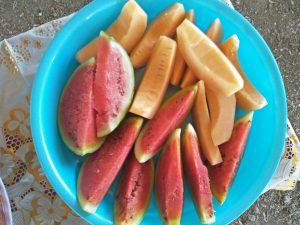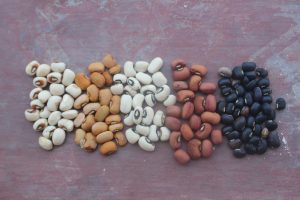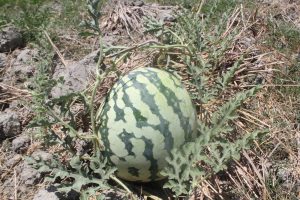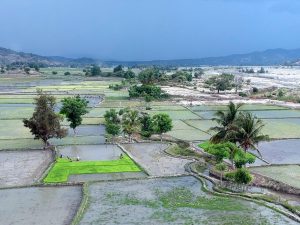How do rural families in Timor-Leste make decisions about their land, crops, water and food? How would this affect their interest in adopting new agriculture innovations? And what position are we starting from in introducing these new ideas?
AI-Com’s socio-economic research team has this month presented the baseline results of a survey conducted in August and September last year in Natarbora administrative post, Manatuto municipality, answering these questions about household natural resource decision-making. This information will form a crucial base of information for evaluating the success of our work to bring agriculture innovations to farming communities, and to learn more about the land use practises and decision-making pathways currently used by farming families.
Between 19 August and 1 September 2018, a team of researchers from AI-Com, the University of Western Australia, the Ministry of Agriculture and Fisheries and the University of Timor Lorosa’e conducted the survey in three sucos in Natarbora – Uma Boco, Sicone Diloli and Aubeon.
Using survey questionnaires, focus group discussion, semi-structured interviews and participant observations, the researchers painted a picture of life in 766 households in Natarbora – how families use land, how they make household decisions, what’s important to them, and, critically, the social, economic and environmental context they live within.
Our researchers were particularly interested in hearing about communities’ attitudes towards growing crops after rice, growing sandalwood, and who makes decisions in households.
They found that very few families grew another crop in the rice paddy after harvest – just 4 per cent of families use this practise – but the time and labour required for a second crop, water requirements, and the risk of roaming animals must be considered in introducing intensified cropping systems.
And, while sandalwood trees can take up to 30 years to reach maturity and produce economically valuable oil, 86 per cent of survey participants said that its commercial value and uniqueness make it a tree they’d like to grow – particularly for the security of future generations. In focus group discussions, they expressed their interest in learning new techniques for growing sandalwood trees. Some households also sell non-timber trees for cash.
Finally, our researchers found that many families split decision-making between male and female heads of houses – major expenses, like buying and planting crops, are decided fairly equally, and minor expenses are decided slightly more frequently by women.
They concluded that the uptake of the innovations AI-Com is investigating and promoting will depend heavily on the social, economic and environmental context in which families – important to consider when figuring out how to use new agriculture innovations in a way that will help, benefit and support local farming families.




